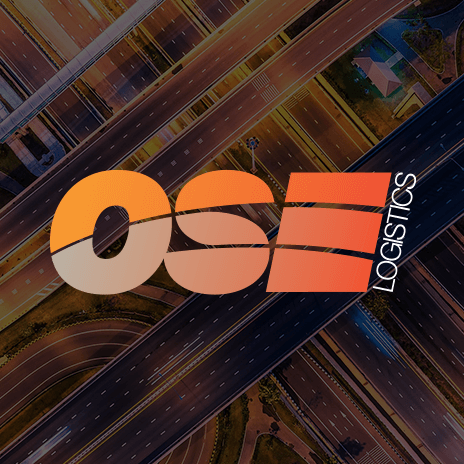
Import – export rules need to be changed
A senior UK Customs official believes that the Rena and Napoli disasters have highlighted the need for change in import – export rules and has outlined his vision for the future of trade compliance in the international supply chain.
At a Shippers’ Voice compliance seminar at Multimodal 2012 yesterday, David Heskith, Senior Business Manager at HMRC, said that the current system of holding importers accountable for containerised goods was outdated and ineffective.
He offered the MSC Napoli as an example, which ran aground in UK waters in 2007, of evidence of the need for an overhaul of customs requirements.
“When the Napoli ran aground, a lot of containers fell into the sea and were sent to a yard, but when accident investigators and the coastguard tried to consolidate the goods on the manifest with what they found on the containers, it couldn’t be done.
“Of 600 dry containers brought ashore, 137 were overweight – one container was 20 tonnes overweight.
“They were all loaded in Antwerp, all had export customs declarations, all were lifted by a crane with a weight meter, yet 137 were still overweight. If you scaled that up to the whole ship, it would have been something like 1,500 to 2,000 tonnes overweight.”
In his seminar, Heskith also pointed to October’s Rena disaster off New Zealand, where authorities found 30 hazardous containers were not on the vessel’s manifest.
He added that future customs developments should place responsibility for describing and declaring goods with the exporter and that all such declarations should be made at source to all companies and agencies in the supply chain.
“This is the product of research that UK and Dutch Customs have been doing for the past four or five years. It’s quite revolutionary and what we’re saying is that the international supply chain has a lot of room for improvement, particularly in the quality of data.
“Isn’t it strange that we ask the importer of goods to make a legal declaration to Customs about goods they’ve never seen and didn’t pack? If you tried that at an airport, they wouldn’t let you on the aeroplane.”
Heskith believes the solution can be found in an EU – funded customs project, known as Cassandra.
“We are looking to introduce a seamless integrated data pipeline which will be web-based and will be a way of capturing data that joins up the buyer and seller.
“Under this system, the big difference is that we think that by the time the box is loaded, the exporter should know the buyer, the seller, all the details of the goods and their value, so at that point in the supply chain we should be able to tell export and import customs at the same time with one lump of credible data assured at source. This system holds the exporter accountable for the data and for sending the goods into the supply chain.”
Director of customs clearance software provider ASM, Peter McSwiney, praised the HMRC initiative. However he was also more cautious, stating that its implementation might prove difficult.
“Connecting it up with reality is the problem. It’s important to have a vision but unless you have a clear idea of where you want to go, you have no chance of getting there.
“In order to turn the theory into practice you have to have a mechanism. Compliance is often a problem in the supply chain. You have various data floating about and you can’t always pass it on easily.
“Freight forwarders are often caught in the middle.”
Find out more about OSE’s international transport services here.
